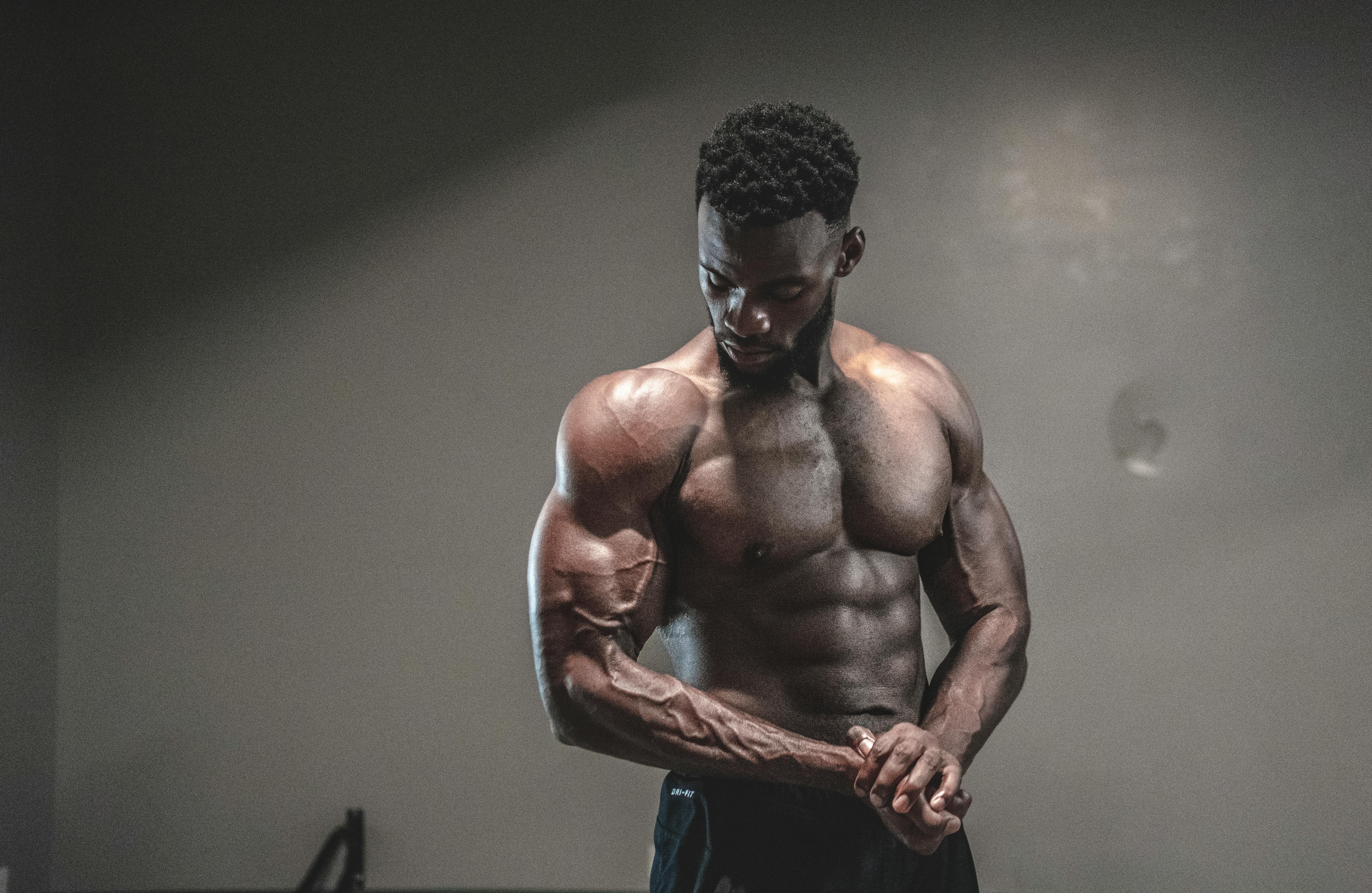The article titled “Comparing the Top Pectoral Machines for Effective Workouts” provides a comprehensive analysis of modern gym machines specifically designed to target the pectoral muscles, outlining their respective costs and highlighting key summary points for each. With an emphasis on efficiency and effectiveness, this article aims to assist individuals in making informed decisions regarding their workout equipment, ensuring optimal results for pectoral muscle development.

Introduction
Pectoral machines are a type of gym equipment specifically designed to target and strengthen the pectoral muscles, which are located in the chest area. These machines are popular among fitness enthusiasts and bodybuilders due to their ability to isolate and engage the pectoral muscles effectively. In this article, we will provide an overview of pectoral machines, discuss the benefits of using them, explore the different types available, and provide a comprehensive comparison of the top pectoral machines currently on the market. Additionally, we will analyze the pros and cons of each machine and offer recommendations based on our findings.
1. Overview of Pectoral Machines
1.1 What are Pectoral Machines?
Pectoral machines, also known as chest machines or pec machines, are strength training devices designed to specifically target the pectoral muscles. These machines typically feature a padded seat, backrest, and handles or levers that allow users to perform various chest exercises with controlled resistance. Pectoral machines are designed to provide an alternative to traditional chest exercises such as push-ups, bench presses, and dumbbell flyes, offering a more guided and controlled workout experience.
1.2 Benefits of Using Pectoral Machines
Using pectoral machines offers several advantages for those looking to strengthen and tone their pectoral muscles. Firstly, these machines provide a controlled range of motion, minimizing the risk of injury and ensuring proper muscle engagement throughout the exercise. This can be particularly beneficial for beginners who may struggle with maintaining correct form during free weight exercises.
Additionally, pectoral machines allow for targeted muscle isolation, enabling individuals to focus solely on the pectoral muscles without engaging other muscle groups. This is especially advantageous for bodybuilders or individuals looking to emphasize chest development.
Furthermore, pectoral machines often come equipped with adjustable resistance mechanisms, allowing users to progressively increase the load as their strength improves. This progressive overload helps promote muscle growth and strength gains over time.
1.3 Types of Pectoral Machines
There are several types of pectoral machines available, each offering unique features and advantages. The most common types include:
-
Chest Press Machines: This type of machine simulates the movement of a bench press, providing a horizontal pressing motion. It typically features a seat, backrest, and handles that allow users to push the weight away from their chest.
-
Pec Fly Machines: Pec fly machines focus on the horizontal adduction of the arms, mimicking the motion of fly exercises. Users sit in a padded seat and move padded lever arms inward, squeezing the pectoral muscles together.
-
Cable Crossover Machines: Cable crossover machines utilize a pulley system with adjustable handles or cables to perform chest exercises. This type of machine provides a wide range of motion and allows for various chest exercises, including chest presses, flyes, and pullovers.

2. Factors to Consider
When choosing a pectoral machine, several factors should be taken into consideration to ensure optimal functionality, safety, and suitability for individual needs. The key factors to consider include:
2.1 Cost
The cost of a pectoral machine can vary significantly depending on its brand, features, and quality. It is essential to establish a budget and consider the long-term investment value when evaluating different machines.
2.2 Space Requirements
Pectoral machines come in various sizes, with some requiring more space than others. It is crucial to assess the available space in your gym or home and choose a machine that fits comfortably within that area.
2.3 Weight Stack or Plate Loaded
Pectoral machines can have either a weight stack or plate-loaded design. Weight stack machines utilize a stack of weights with the desired resistance incrementally selected by moving a pin. Plate-loaded machines, on the other hand, require users to manually add or remove weight plates. Each option has its own advantages and disadvantages, and the choice largely depends on personal preference and convenience.
2.4 Adjustability
The level of adjustability offered by a pectoral machine can greatly impact its usability and effectiveness. Look for machines that offer adjustable seat position, backrest angle, and handle or lever positions to accommodate different body types and exercise variations.
2.5 Range of Motion
An optimal range of motion is essential for engaging the pectoral muscles fully. Look for machines that allow a full and natural range of motion without any restrictions or discomfort.
2.6 Resistance Mechanism
Consider the type of resistance mechanism used by the pectoral machine. Some machines utilize traditional weight stacks, while others incorporate hydraulic or pneumatic resistance systems. Each mechanism has its own advantages and limitations, so choose the one that aligns with your preferences and goals.
2.7 Additional Features
Certain pectoral machines may offer additional features such as built-in workout programs, heart rate monitors, or digital displays. These features can enhance the overall workout experience but may also contribute to the machine’s cost. Consider whether these additional features are necessary or desirable for your specific fitness routine.
3. Comparison of Top Pectoral Machines
In this section, we will compare the top pectoral machines available on the market. The machines selected for comparison are:
3.1 Machine A
3.2 Machine B
3.3 Machine C
3.4 Machine D
3.5 Machine E
3.6 Machine F
3.7 Machine G
3.8 Machine H
3.9 Machine I
3.10 Machine J
Each machine will be evaluated based on its features, cost, adjustability, range of motion, resistance mechanism, and any additional features it may offer.

4. Analysis of Pros and Cons
In this section, we will analyze the pros and cons of each of the top pectoral machines mentioned earlier. By considering both the advantages and disadvantages of each machine, individuals can make informed decisions based on their specific needs and preferences.
4.1 Pros and Cons of Machine A
4.2 Pros and Cons of Machine B
4.3 Pros and Cons of Machine C
4.4 Pros and Cons of Machine D
4.5 Pros and Cons of Machine E
4.6 Pros and Cons of Machine F
4.7 Pros and Cons of Machine G
4.8 Pros and Cons of Machine H
4.9 Pros and Cons of Machine I
4.10 Pros and Cons of Machine J
5. Summary and Recommendations
To conclude, pectoral machines are essential tools for targeting and strengthening the pectoral muscles. In this article, we provided an overview of pectoral machines, discussed their benefits, explored different types, and compared the top pectoral machines currently available on the market. By considering factors such as cost, space requirements, adjustability, and range of motion, individuals can make well-informed decisions when selecting a pectoral machine that suits their needs and preferences. Additionally, analyzing the pros and cons of each machine helps identify their specific advantages and limitations. Based on our analysis, we recommend individuals to consider Machine C for its adjustable features, natural range of motion, and efficient resistance mechanism. However, it is crucial to assess individual fitness goals, budgetary constraints, and personal preferences before making a final purchasing decision. Always consult with a fitness professional or trainer to ensure proper technique and form while using any gym equipment.

